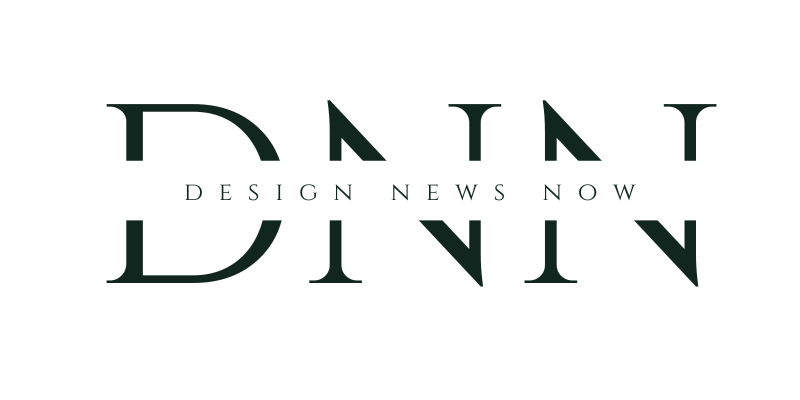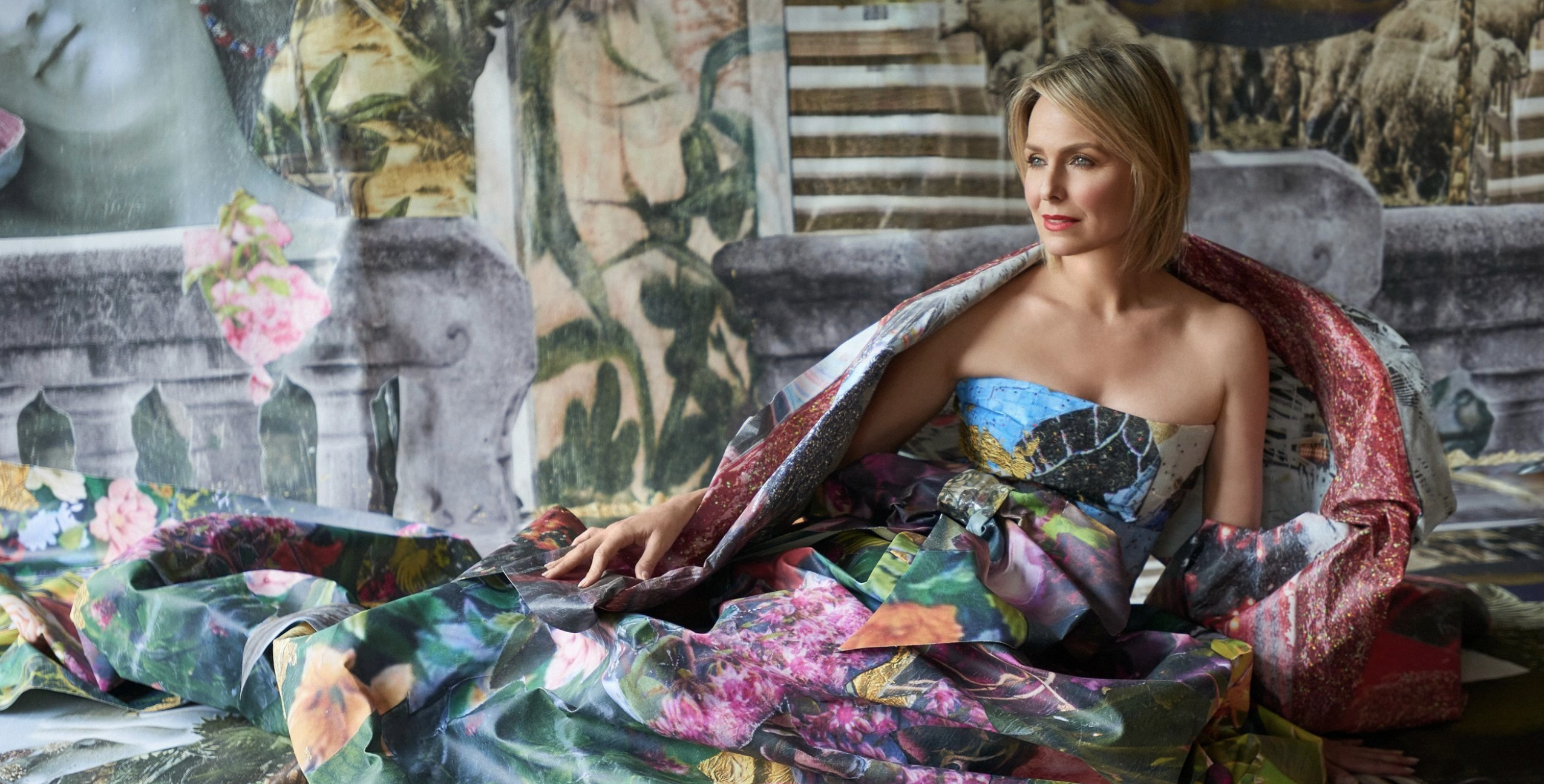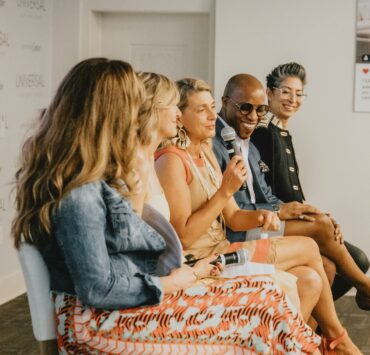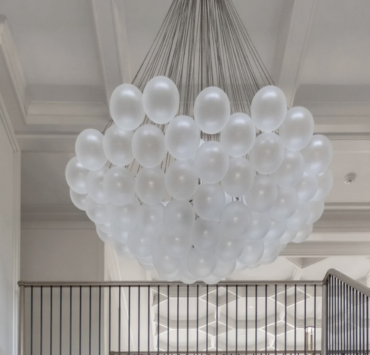Greetings, interior designers and creative minds! Welcome to the March edition of Design Business Blueprint, your go-to source for real advice on growing your interior design business. If you missed last month’s article about client management, I would highly encourage checking that out. It’s an important topic that we will delve into deeper in the coming months.
This month, we’re focusing our attention on product development and licensing. As an interior designer, you’re already creating stunning spaces for your clients. Now, let’s explore why venturing into product development could be the next big step for your design firm, or – why it might not be.
Why Consider Product Development and Licensing?
So, why might you, an interior designer, entertain the idea of product development and licensing? It’s about expanding your horizons and taking your design prowess beyond individual projects. By creating a line of home furnishings, you diversify your revenue streams while establishing a unique brand identity that extends beyond bespoke interiors.
Imagine seeing your designs in the homes of consumers nationwide. Product development opens the door to a broader audience and if handled correctly, can lead to a more sustainable business model. Licensing, in particular, allows manufacturers to leverage your creativity while you benefit from their production capabilities and market reach. But please keep in mind that pursuing product development and licensing is not for the faint of heart, and it is not as much of a passive income stream as some may think.
Key Considerations Before Embarking on Product Development
Let’s review some key considerations you’ll want to address before you start down the path of product development.
1. Time Commitment
Product development demands time – time that may otherwise be spent on your day-to-day design business. Assess if you have the bandwidth to dedicate to this endeavor or if additional staff is needed to ensure the smooth running of your existing projects. You certainly do not want to compromise your primary income stream while pursuing a secondary one.
2. Design and Development Technical Skills
You’re a designer so, likely, you’ve got the talent to create new and interesting product designs. However, do you have the technical skills required for conveying your design intent? Sketching, translating ideas into drawings, and creating some kind of renderings are critical. You may have great design ideas in your head, but you need to be able to put those thoughts onto paper to present to manufacturers in a way that is clear to them. If you don’t possess these skills yourself, having a capable team member or freelancer designer is crucial to bring your vision to life. Manufacturers don’t want chicken scratch on a napkin. They want you to present a fully realized design vision.
3. Unique Value Proposition
What sets your designs apart? Manufacturers are more likely to license your designs if you bring something different to the table while still aligning with their target customer base. Research potential manufacturing partners before approaching them so you can identify your unique value proposition and how it complements the manufacturer’s existing offerings.
Different Approaches to Product Development
There’s more than one way to approach product design and development. Let’s explore three common paths.
1. White Label
Design and sell products under your own brand and work with a manufacturer to develop and produce the designs. In this case, the manufacturer’s name is “white-labeled,” meaning no one will know who the manufacturer is. The biggest challenge with this approach is that all of the marketing and distribution responsibilities fall onto you. If you have a store, be it brick-and-mortar or e-commerce, adding products that you designed can be a great way to make some extra money and also grow your brand identity. However, if you’ve never sold products to the general public, keep in mind that you would be endeavoring on an entirely new business venture. Marketing becomes key. Let me say that again…marketing is key. You alone are solely responsible to get your products in front of the right customers in order to generate sales. There’s a lot more to discuss and consider on this topic, so be sure to stay tuned to further editions of Design Business Blueprint for more.
2. Ghost Designing
Work behind the scenes, creating designs for manufacturers who then produce and market the products without revealing your identity. While this approach allows you to focus solely on the creative process and collect royalties as compensation, it won’t help grow your brand awareness. There are lots more pros and cons to this approach as well, so stay tuned for more on the subject.
3. Licensing
License your designs to manufacturers, granting them the rights to produce and sell your creations. This approach allows you to elevate your brand identity while benefiting from the manufacturer’s resources and distribution channels. For many designers, this is their ideal situation. Licensing deals are not easy to come by, and sometimes, approaches 1 and 2 mentioned above can be used as stepping stones to get to the point of licensing.
Tips for a Successful Licensing Deal
Here are some important tips for a successful licensing collaboration.
1. Be Prepared with a Vision
Come to meetings with designs and a comprehensive brand deck that showcases who you are as a designer and what makes your ideas and creations unique. Make sure you also are able to clearly articulate how you fill the manufacturer’s white space.
2. Be a Team Player
Collaboration is key. Embrace the marketing process, as manufacturers often choose designers who can actively contribute to promoting the collaboration.
3. Work with a Licensing Agent
Consider working with a licensing agent. Agents bring invaluable insights into what manufacturers are looking for and can guide you through the negotiation process. Manufacturers will also take you more seriously if you approach them with a licensing agent.
Meet Your New Licensing Agent, YKD Associates
At YKD Associates, included in the many business development services we offer, we pride ourselves on being more than your licensing agent. Bringing many years of experience in every aspect of the home furnishings industry to what we do, we will prepare you for the endeavor, introduce you to the right potential partners, and offer guidance and support throughout the entire licensing process.
While some of the work we do is confidential and therefore can’t be mentioned here in much detail – the one client we just helped sign a ghost designing arrangement with a major lighting manufacturer and another client whom we helped sign a licensing deal with a major home furnishings retailer, both of which will be launched later this year – the success stories that we CAN speak about, speak for themselves.
Austin Allen James x StyleCraft Lifestyle Collection
Last year, our client, artist Austin Allen James, launched a tremendously successful collaboration with StyleCraft to offer a full lifestyle collection including furniture, portable lighting, art, accent pieces, mirrors, and more. The collection continues to thrive and grow, with Austin contributing new designs regularly. Check out the current collection!

Robin Baron Design x Howard Elliott Collection
We’re thrilled to announce the launch of an exciting collaboration between our client, celebrity interior and product designer Robin Baron, and the home décor manufacturer Howard Elliott Collection. The new collection debuts next month during High Point Market and includes fabulous mirrors, accessories, and accent pieces, all designed by Robin Baron.
Don’t miss the launch party on Saturday, April 13, from 3-5 pm at the new Howard Elliott Showroom. Be the first to experience the new Robin Baron Collection and toast to this special launch with Robin’s signature cocktail, the Barontini. RSVP today for an event that celebrates the fusion of creativity and craftsmanship.

Product development and licensing offer exciting opportunities for interior designers to elevate their businesses. As you embark on this journey, remember to stay true to your unique design identity, embrace collaboration, and seek the guidance of experienced licensing agents. Most importantly, know your goals! You’ve heard me say this before, and you will hear me say it again many times over. There can be a million ways to do a million things to grow your business, and you must always remember that your business is your business. Knowing what your goals are allows you to assess if something is right for you. Before making any major business pivot, ask yourself if this pivot aligns with your goals. Does it bring you one step closer to your goal. And if you’re ever not sure, I hope you’ll reach out! We at YKD Associates specialize in helping designers grow their businesses. We can help you identify your goal, and work towards getting you closer to it.
Design Business Blueprint is a Design News Now exclusive monthly column written by Yudi Kaufman of YKD Associates. Yudi is a multifaceted business strategist, entrepreneur, and creative, who brings years of experience navigating the home furnishings and interior design industry from the inside out. He has a background in interior design, furniture design, sustainability, e-commerce, business management, human resources, accounting, marketing, and public speaking. Yudi holds a Master’s degree in Sustainable Interior Environments from New York’s FIT – Fashion Institute of Technology. A true left-and-right-brainer! Check back each month for more business tips and follow @ykdassociates on Instagram.









